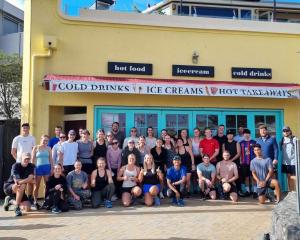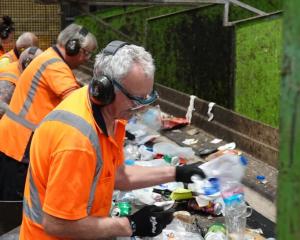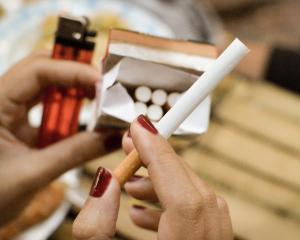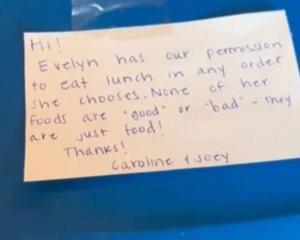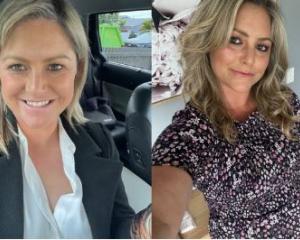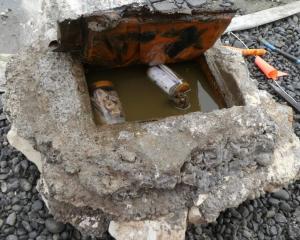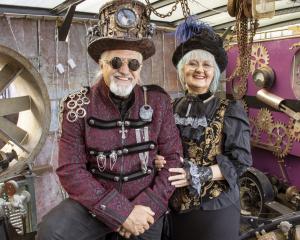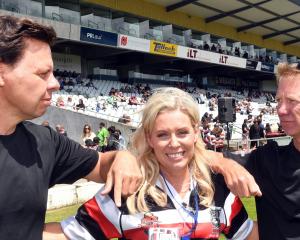
Christchurch-based anaesthetist John Hyndman is no stranger to complicated medical machines. He’s used them for decades.
- Subscribe to RNZ's Two Cents' Worth for free on Apple Podcasts, Spotify, Stitcher, RadioPublic or wherever you listen to your podcasts
- Listen here
But he prefers them when they are working properly. Otherwise, they are kind of scary. Particularly for his patients.
So he was shocked when, in the early 2000s, he was doing voluntary work in small hospitals in the Pacific Islands and Southeast Asia, and he found himself trying to work with patched-up anaesthetic machines originally sent over from New Zealand and other developed countries.
Hospital corridors and storerooms contained other discarded machines.
"In New Zealand, when our equipment’s about four-years-old, we buy new stuff and the old machines find their way to developing countries," said Hyndman.
"But this gear is very sophisticated and it breaks down quickly and can’t be repaired. People in these hospitals don’t have the expertise and they certainly can’t afford the parts."
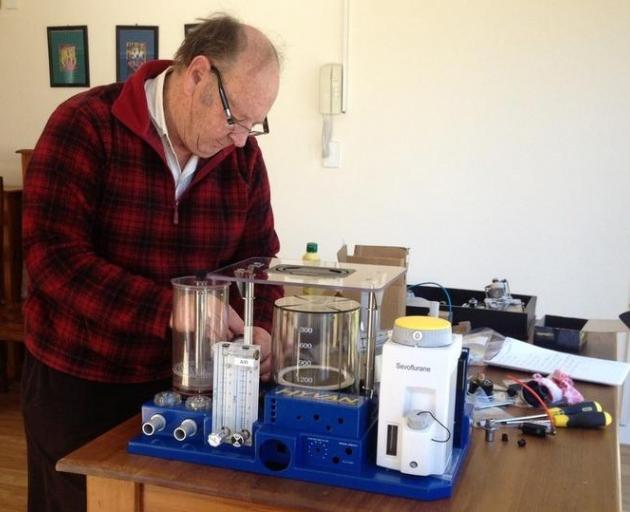
Hyndman decided the best thing would be to design and build a machine which would be more suitable.
There were a few criteria. The first thing is it had to be affordable. Secondly, it had to be very simple and reliable and robust. And ideally, last for years. Most importantly it had to be easily maintained and serviced in the hospital workshops in these small remote hospitals.
Hyndman teamed up with “genius” engineering friend Ivan Batistich and they came up with a machine (and a company) they called Hyvan, - from their names Hyndman and Ivan. And it worked just great.
But over the next 15 years, the two men discovered what so many entrepreneurs know only too well, that designing a great product is only the beginning - and sometimes the easiest part. Getting international certification was a nightmare, cutting through bureaucracy and corruption in overseas hospitals was tortuous.

The hospitals they visited were still patching up New Zealand’s old anaesthetic machines - often unsuccessfully, and dangerously.
And then, in early March this year, it became clear Covid-19 wasn’t just a flu-like disease that might cause a few problems with our seafood sales in China.
This was a big one. And experts that understood pandemics, like future strategist Roger Dennis, began to realise that if New Zealand went the way of Italy and the US in terms of the number of cases, we were going to be seriously short of medical ventilators - those vital machines that breathe for patients when their lungs stop working, keeping them alive in the hope that they recover and can go back to breathing on their own.
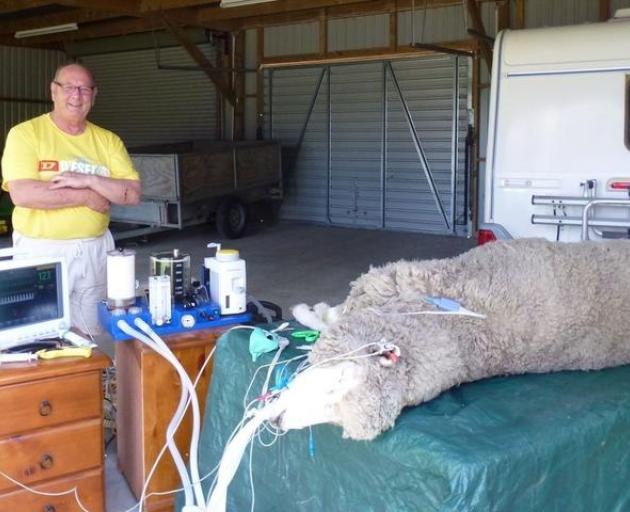
The numbers were frightening. In a worse-case scenario based on overseas experience, New Zealand might need 4000 ventilators. We had less than 1000, including adapted anaesthetic machines.
And many of the ones we did have were in use already for non-Covid, but equally needy patients.
“The challenge would be that you couldn’t simply source ventilators from around the world, because everybody would be screaming out for them,” Dennis said.
“Therefore you’d have to try and find some way of manufacturing them in New Zealand.”
Around mid-March, Dennis bumped into a colleague who is a general surgeon in Christchurch, and they started talking about the ventilator crisis.
“And he said ‘You should go and look at this ventilator that’s being developed in Christchurch’.”
To the uninitiated, an anaesthetic machine and a ventilator may not sound the same thing, but actually it’s only a question of a couple of hours to turn one into the other.

“So there was basically a manufacturing check around the ability of this organisation to scale up and to make a lot more ventilators, followed by a sort of a sanity check from a health point of view as to how the equipment would work for itself and what modifications would have to be made, if any.”
And that was the first step in a private sector-initiated and funded drive to get local ventilator manufacturing up and running in just a few weeks.
A bunch of high-powered volunteers
Dennis brought Trade Me founder Sam Morgan on board; Morgan contacted fellow multi-millionaire and philanthropist Sir Stephen Tindall of The Warehouse fame.
They teamed up with former Air NZ chief executive Rob Fyfe, who was the private sector lead on the Covid-19 taskforce, sitting alongside former police chief Mike Bush.
Morgan got in touch with seasoned entrepreneur Grant Ryan, co-founder of the YikeBike foldable electric bike company, who was happily retired out in Akaroa designing devices to catch rats and stoats.
As Morgan puts it: “I said, ‘Hey, this is more important. What do you think about getting onto this?’ And, you know, bless him, he sort of stood up and decided to do it.”
Ryan was tasked with scaling ventilator production - taking Hyvan, the little Christchurch company that wasn’t even in commercial production - and getting it ready to produce 50 ventilators, maybe 100, 500, 5000 - whatever might be needed.

“I've known Sam for some years and I sent him a text and said, ‘I’m glad someone understands what's about to happen [with the Covid crisis], because it doesn't seem anyone else does.’
And he said, ‘Well, I know you're not doing anything at the moment. Do you want to help? And I said, ‘I'd like to do something, and I'm good in a crisis. Fonterra’s had a few of those.”
Turnbull was put in charge of the whole local ventilator project; not only Hyvan, but investigating a raft of potential manufacturers.
“There was a bunch of interesting people contacting the Covid Response Team on how they could potentially build ventilators, which seemed like a pretty preposterous idea given how complex they are.
“And to be honest, I'm like, ‘Well, okay, we haven't got any choice. So no idea is a bad idea.’ And so we stormed in action, picked up the phone and started asking questions to try to get a sense of whether these ideas are serious or crazy.
“And oh my god, we had both. It was wonderful.”
“It was quite terrifying really,” Morgan said, “because you didn't you didn't know what was going to happen and we were in the early stages and we're seeing Italy's health system completely crashed. And people being ventilated by their relatives in the carpark.
“So we just had no idea what we were going to do. We just knew that New Zealand has the lowest level of ICU beds in the Western world, or are pretty close.”
Tindall and Morgan ended up funding four ventilator projects, including the Hyvan. They put up a million dollars to start, and were prepared to fund millions more, if necessary.

Tindall also used The Warehouse team in China to source 75 ICU-grade ventilators for New Zealand, and various essential components for the Hyvan and other Kiwi ventilators.
“When you've got an organisation like The Warehouse group that is buying hundreds of millions of dollars worth of product in China, you've got a little bit of sway,” Tindall said.
“So my team in Shanghai got a whole lot of specifications for the spare parts that we needed to get out of China. And they went out and tried to find them. And because they are experts in sourcing anything you want, they were able to do it.”
One of the most critical parts for the Hyvan were the bellows, that actually push air in and out of the lungs.
“There was only one company we could find that were making bellows that would go into these ventilators we started making in Christchurch,” Tindall said. “And that was called Beijing aerospace. A huge organisation, making goodness knows what else.
“Maybe, you know, launch satellites, I don't know but they made these bellows.
“When they found the aerospace company, then somebody actually got on a train and went there and waited in the waiting room to see the right person.”
The guy gets on a train in the middle of a pandemic, in a country still majorly in lockdown.
“Because you when you are trying to beg for something, you don't get necessarily get it over the phone sometimes when you actually trying to beg for something.”
And they begged, and they got the bellows.
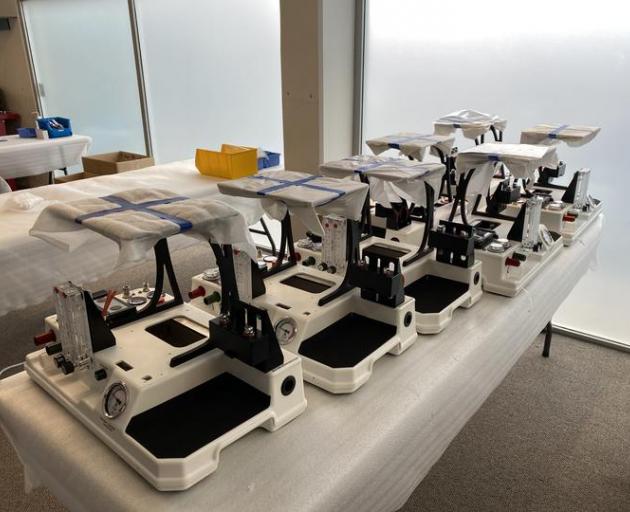
It was chaos, Morgan said, and risky. And everyone in the ventilator project was making decisions under conditions of complete uncertainty.
But that’s something that entrepreneurs are kind of used to, Morgan said.
“I think entrepreneurs ultimately are just really good at managing extreme risk, you know, so they manage the tail risk. Whereas most people are sort of just managing for the mid case.”
Tindall said being part of the Covid response sometimes felt a bit like the early days of The Warehouse, when he’d sunk all his money into the business and then it seemed like the council was going to close him down
“You would get up every morning and you’d think ‘We could be in for the worst thing that's ever happened to our country', you know, this is a really scary.
“So you say, “What more can I do? How can I push this thing faster. So it was high pressure.”
Turnbull described a world where people were leaving their families and setting up separate bubbles to work on ventilators. Where he was writing full health and safety plans overnight so people could start work; where he was getting travel exemptions to get engineers across the country.
“At some point, we sent everyone an email saying ‘This email gives you a right of passage and just show it to the police’. And I got some really helpful guy in the Covid command centre, a policeman, to say, ‘Yep, that'll do.’ You know, there was just no time to get the official slip.”
The end of the story
Of course, in the end, the lockdown worked and we didn’t need the ventilators. Hyvan produced 50, not 5000, and are now trying to work out whether to try to sell them overseas, to countries doing less well Covid-wise than New Zealand. Or whether to turn them into anaesthetic machines and sell them to developing countries to replace those broken, sophisticated machines donated by New Zealand.
It’s been a huge learning curve, Hyndman said. Good and bad. The company now has more debt than before - around $1.5 million, which may mean an even more depleted retirement fund.
And Hyndman recognises sales and marketing isn’t his forte. The company may - or may not - survive.
But now production has actually happened, prompted by funding and expertise from the Covid response team, there’s at least an opportunity, he said.
“It's been worthwhile - we got the best result possible. We've made the machines.
“Now we’ll see how we get on; it's been a struggle for many years, so we’ll just struggle on for a couple more years.
“It's a lovely little machine to use. I've used it on 1000 or so patients and it’s wonderful. It's just just a shame we can't get it out there. But it's just the way it is.”


